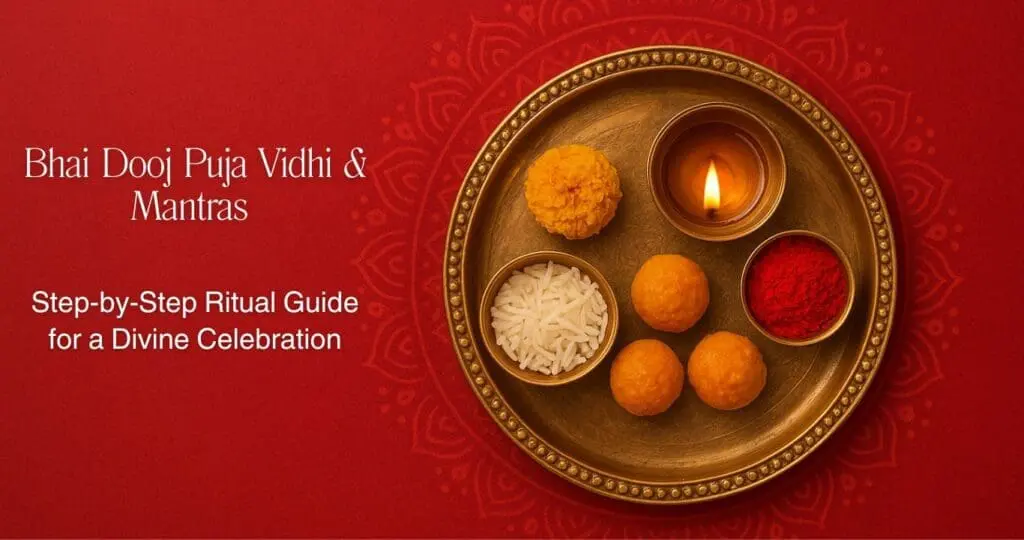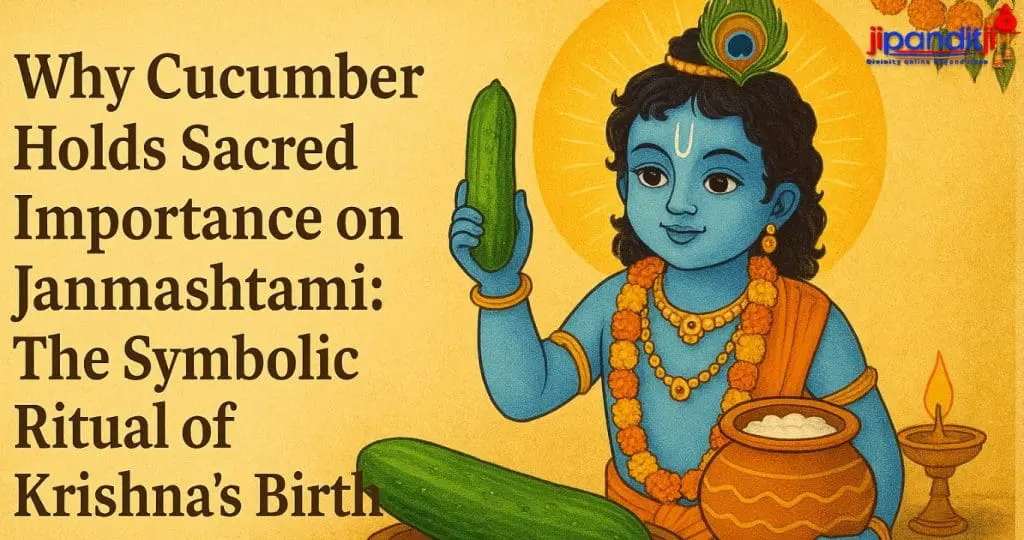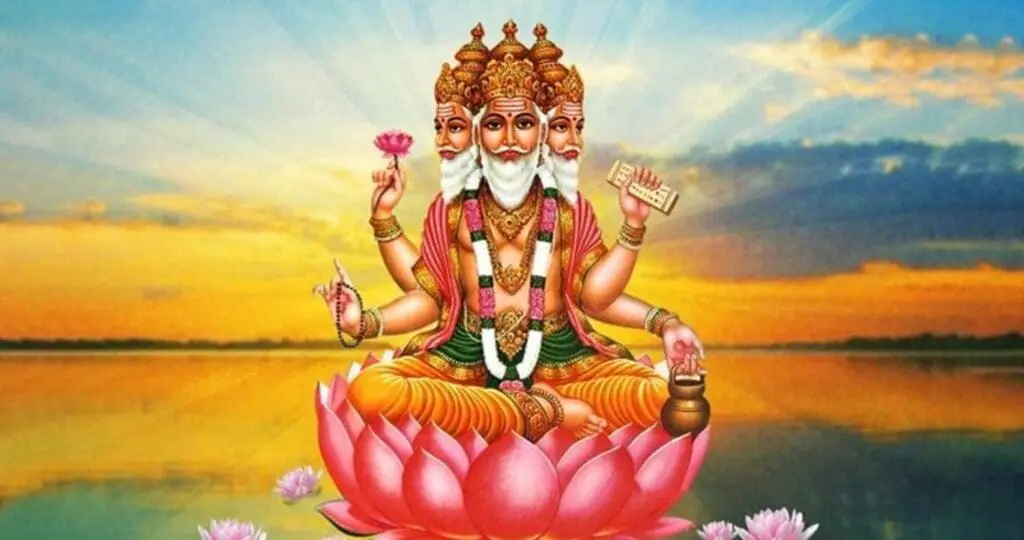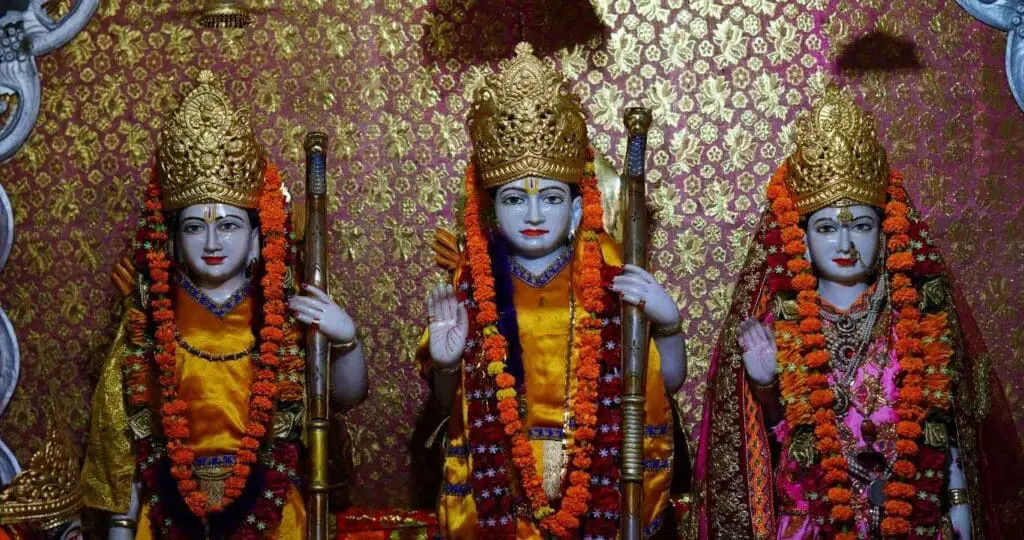Hanuman Jayanti

Mark Your Calendars: Unveiling the Auspicious Date, Tithi, Rituals, and Profound Significance of Hanuman Jayanti
Hanuman Jayanti, the birth anniversary of Lord Hanuman, the epitome of devotion, strength, and unwavering loyalty, holds immense significance for millions across the globe. As we approach this sacred occasion, understanding the precise date, the auspicious tithi, the prescribed rituals, and the profound spiritual meaning becomes paramount. This comprehensive guide serves as your go-to resource for navigating Hanuman Jayanti in 2025, ensuring you are well-prepared to partake in the celebrations and absorb the divine energy.
When Does the Mighty Hanuman Bless Us? Pinpointing the Hanuman Jayanti Date and Tithi in 2025
Mark your calendars! In 2025, Hanuman Jayanti falls on Saturday, April 12th. This auspicious day aligns with the Purnima Tithi (full moon) of the Chaitra month in the Hindu calendar. It’s crucial to note that while the Gregorian calendar date is fixed, the tithi timings can vary slightly depending on the geographical location. Therefore, consulting a local Hindu calendar or almanac (Panchang) is always recommended for precise timings in Noida, Uttar Pradesh, India.
The Purnima Tithi will commence on Friday, April 11th, 2025, and will conclude on Saturday, April 12th, 2025. Devotees typically observe the celebrations and perform the main rituals during the prevailing tithi on the day of Hanuman Jayanti, which is Saturday, April 12th, 2025.
Delving into the Sacred Rituals of Hanuman Jayanti: A Step-by-Step Guide
Hanuman Jayanti is observed with deep reverence and a variety of time-honored rituals. Participating in these rituals allows devotees to connect with Lord Hanuman’s divine energy and seek his blessings for strength, courage, and protection. Here’s a breakdown of the key rituals:
-
Early Morning Bath and Sankalp: Devotees wake up early, take a purifying bath, and make a Sankalp (resolve) to observe the fast and perform the rituals with utmost devotion.
-
Temple Visits and Offerings: Visiting Hanuman temples is a significant part of the celebration. Devotees offer prayers, flowers (especially red ones like hibiscus), garlands of marigold, sweets (like Besan Ladoo and Imarti), and sindoor (vermilion mixed with ghee).
-
Chanting of Hanuman Chalisa and Other Hymns: Reciting the Hanuman Chalisa, a powerful devotional hymn dedicated to Lord Hanuman, is considered highly auspicious. Many devotees also chant other sacred texts like the Bajrang Baan and Hanuman Ashtak. The rhythmic recitation creates a powerful spiritual vibration.
-
Sindoor Lepan: Applying sindoor mixed with ghee to the idol of Lord Hanuman is a unique ritual symbolizing devotion and seeking his protection. This ritual is particularly significant as it is believed to please the Lord.
-
Fasting (Vrat): Many devotees observe a strict fast on Hanuman Jayanti. Some abstain from food and water, while others observe a partial fast, avoiding grains and consuming only fruits, milk, and water. The fast is broken after sunset.
-
Special Pujas and Aarti: Temples often organize special pujas (worship ceremonies) and aartis (offering of light) dedicated to Lord Hanuman. Participating in these collective prayers amplifies the spiritual energy.
-
Distribution of Prasad: After the puja and aarti, prasad (blessed food) is distributed among the devotees. This act of sharing fosters a sense of community and divine grace.
-
Organizing Bhandaras (Community Feasts): In many places, Bhandaras or community feasts are organized, where devotees offer food to the needy and partake in a communal meal. This embodies the spirit of selfless service, a quality dear to Lord Hanuman.
The Profound Significance of Hanuman Jayanti: More Than Just a Birthday
Hanuman Jayanti transcends a mere birthday celebration; it is a day to reflect on the exemplary life and virtues of Lord Hanuman. His unwavering devotion to Lord Rama, his unparalleled strength and courage, his selfless service, and his mastery of knowledge make him an eternal source of inspiration.
-
Symbol of Unwavering Devotion: Lord Hanuman’s devotion to Lord Rama is legendary. He exemplifies the highest form of Bhakti (devotion), teaching us the power of unwavering faith and surrender.
-
Embodiment of Strength and Courage: Hanuman is revered for his immense physical and mental strength. Praying to him is believed to bestow courage, resilience, and the ability to overcome obstacles. Statistics reveal that in times of personal crisis, a significant percentage of Hindus turn to Lord Hanuman for strength and guidance (Source: Various spiritual surveys).
-
Icon of Selfless Service: Hanuman’s selfless service to Lord Rama without expecting any reward is a powerful lesson in Nishkam Karma (selfless action). His dedication inspires us to serve others with humility and without attachment to the fruits of our actions.
-
Bestower of Knowledge and Wisdom: Hanuman is also considered a master of the scriptures and possesses profound wisdom. Praying to him is believed to enhance knowledge, intellect, and understanding.
-
Protector from Negativity: Lord Hanuman is widely regarded as a protector from negative energies, evil spirits, and ailments. Chanting his name and seeking his blessings is believed to create a shield of divine protection.









